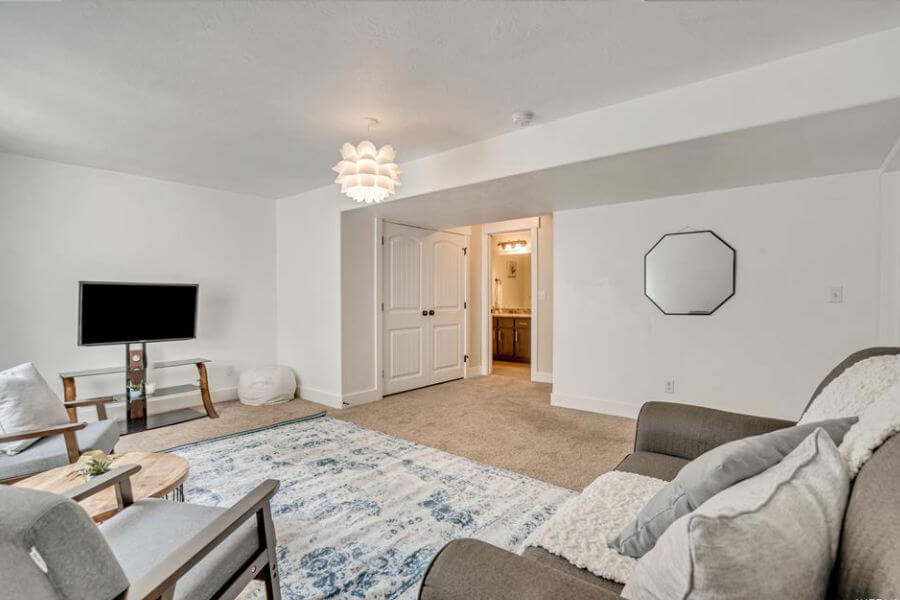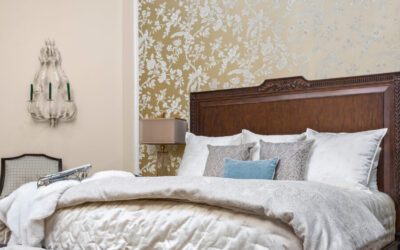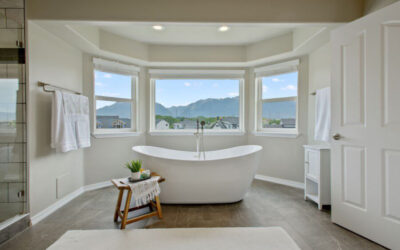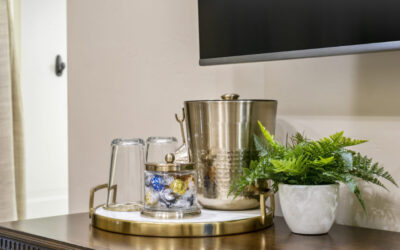Introduction:
The living room is the heart of any home—a place where families gather, guests are entertained, and relaxation takes center stage. A well-designed living room not only reflects your personal style but also serves as a functional and inviting space. Whether you’re starting from scratch or looking to refresh your existing living room, this article will provide you with valuable insights and ideas to create a stylish and functional living room design.
Define Your Style:
Before embarking on your living room design journey, take some time to define your style. Are you drawn to contemporary minimalism, rustic charm, or perhaps a blend of eclectic elements? Browse through interior design magazines, websites, and social media platforms for inspiration. Collect images and create a mood board to help you visualize your desired aesthetic.
Plan the Layout:
Living Room Design: Consider the layout of your living room and how it can best accommodate your needs. Think about the flow of movement, the focal point of the room (such as a fireplace or a stunning view), and the arrangement of furniture. Create designated zones for different activities, such as conversation areas, entertainment centers, and reading nooks.
Choose the Right Furniture:
Living Room Design: Selecting the right furniture is crucial for both comfort and style. Opt for pieces that reflect your chosen design style while providing functionality. Choose a comfortable sofa or sectional as the centerpiece and complement it with accent chairs, coffee tables, and side tables. Pay attention to proportions and scale to ensure a balanced and visually appealing arrangement.
Color Scheme and Lighting:
Living Room Design: The color scheme sets the mood in your living room. Consider the natural light available and choose colors that enhance the space. Neutral tones create a calming atmosphere, while bold colors add vibrancy. Incorporate pops of color through accessories like throw pillows, rugs, or artwork. Additionally, pay attention to lighting. Combine ambient, task, and accent lighting to create layers of illumination and add depth to the room.
Fabrics and Textures:
Living Room Design: Introduce textures and fabrics to add visual interest and create a cozy ambiance. Consider incorporating plush rugs, soft curtains, and tactile upholstery. Mix different materials like leather, velvet, linen, and woven fabrics for a harmonious blend. Textured elements such as wood, stone, or exposed brick can also bring warmth and character to your living room design.
Wall Decor and Artwork:
Living Room Design: Transform your living room walls into a gallery of personal expression. Hang artwork, photographs, or framed mirrors to add personality and create focal points. Gallery walls, a collection of curated artwork, or a large statement piece can be captivating additions. Be mindful of scale and balance when arranging your wall decor.
Functional Storage:
Living Room Design: Integrate smart storage solutions to keep your living room organized and clutter-free. Invest in stylish storage furniture like bookshelves, media cabinets, or ottomans with hidden compartments. Utilize wall-mounted shelves or built-in storage units to maximize space without sacrificing aesthetics.
Add Greenery and Natural Elements:
Living Room Design: Bring the outdoors inside by incorporating plants and natural elements into your living room. Plants not only freshen the air but also introduce a sense of tranquility. Choose low-maintenance varieties or create a mini indoor garden. Natural materials like wood, rattan, or stone can be incorporated into furniture, accessories, or accent pieces to establish a connection with nature.
Conclusion:
Living Room Design: Designing a living room that reflects your style and meets your functional needs is an exciting endeavor. By considering elements such as furniture, color schemes, lighting, and storage, you can create a space that is both visually pleasing and inviting. Remember to infuse your personality and adapt the design to your lifestyle, ensuring that your living room becomes a sanctuary for relaxation, entertaining, and making cherished memories.

Interior design is the art of arranging the environment, usually within a home, to create a beautiful and functional space. It encompasses many different fields, including architecture, decorating, and furniture design.
Some of the main benefits of interior design include:
-You can make your home feel more comfortable and inviting by choosing the right furniture and decorations.
-You can use interior design to make your home look more stylish or modern. Get Yourself an Expert
-Interior design can help you save money on things like plumbing and electrical work because you’ll be able to hire professionals who know what they’re doing instead of doing it yourself. Get Yourself an Expert
-It’s an excellent way to improve your home’s value if you ever decide to sell it in the future. Get Yourself an Expert






0 Comments